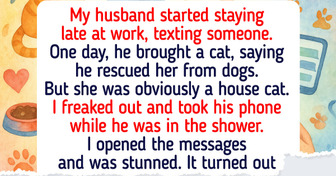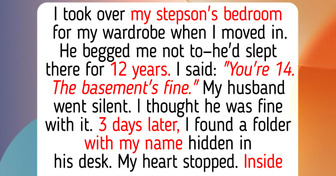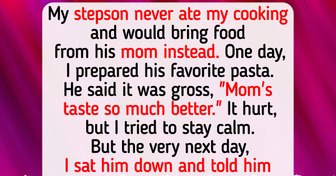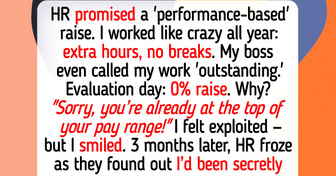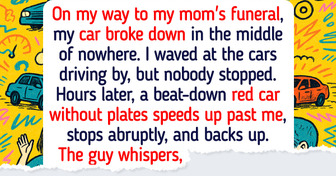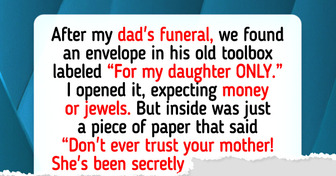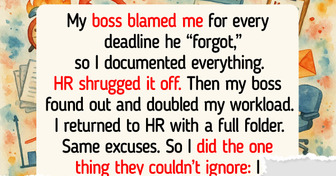11 People Who Remind Us Kindness Takes a Moment, but Echoes Forever
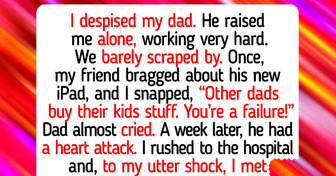
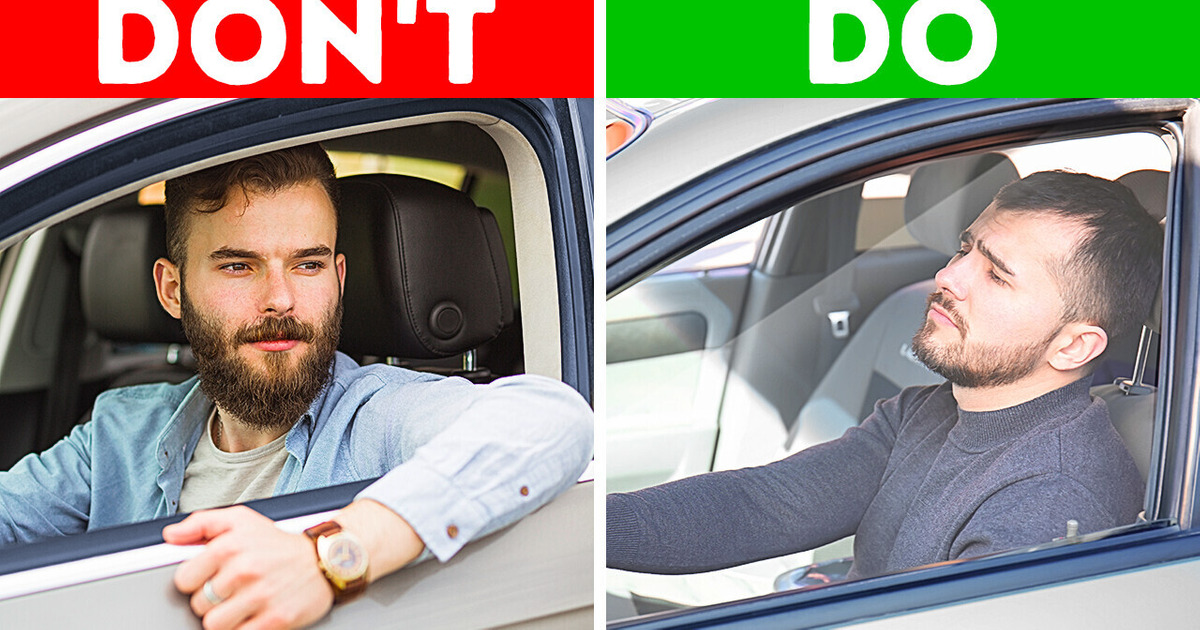
If gas costs are slowly but steadily creating a hole in your budget, try these simple tips to patch it.
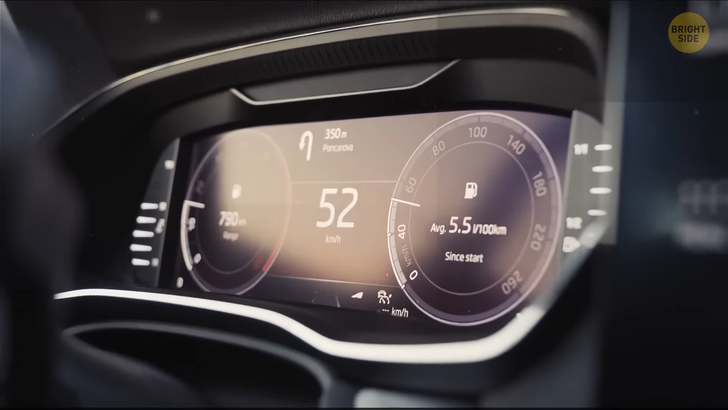
Don’t be shy to use the GPS navigator even when you’re driving through your hometown. It lets you know traffic conditions in real-time and helps you find the optimal route. Sometimes it’s not the shortest distance from point A to point B. You gotta pick the route with the least stop signs, traffic lights, and traffic jams. Follow the rules and speed limits — they’re there for a reason. This way, you’re more likely to arrive at green at the traffic lights, which means you’ll brake and accelerate less and will keep idling to a minimum.
Driving at a steady speed above 50 miles per hour helps you save some gas costs. Every time you hit the brakes or go zero-to-60, you’re making your engine work hard, and it needs some fuel to support that habit. Never hit the brakes to a complete stop unless it’s an emergency. Slow down while you’re approaching the red light. Start speeding up while you’re on your way to the foot of the hill and not when you’re on its edge.
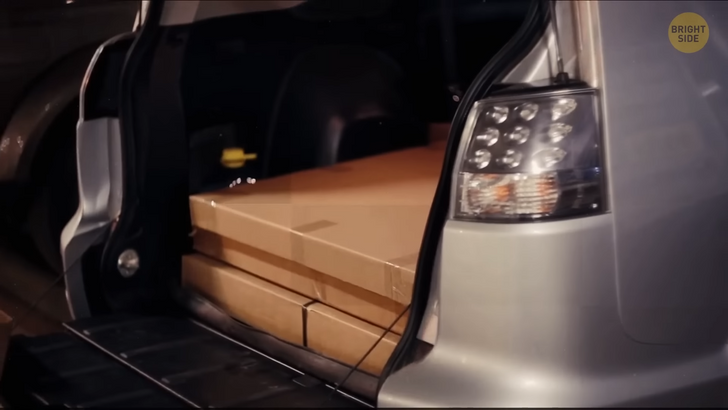
Develop a new superpower of hypermiling. It’s what you call a set of tips and techniques that can help you improve your car’s fuel efficiency by up to 37 percent. First off, you gotta make sure your car is tuned up. Check if your tires are well-inflated at least once a month. When under-inflated, they wear out quicker, drag, and waste gas. Check your car’s manual to see how often you should tune up your engine. It depends on the age and model. Clean the filters to keep the car going while eating less gas. Use the right motor oil if you don’t want your engine to work harder and burn more fuel than it has to.
Check the contents of your trunk. Do you really need that broken barbecue grill and a box of your old toys you haven’t used for 17 years? They will have to go unless you don’t want to sponsor their travels, too. The more weight you carry in your car, the more fuel it burns. Losing 100 pounds that you carry around in your vehicle will decrease your gas usage by 1% per gallon relative to your vehicle’s weight.
That cargo container on the roof of your car will also have to go unless you really, really need it. It increases wind resistance and puts extra load on your engine, which means it can burn 20% more gas on the highway. Buy a toll tag. It might seem like a silly investment, but it pays off in the long run. You’re likely to get a discount if you top it up for a substantial amount. And, you won’t have to stop and start again at every turnpike.
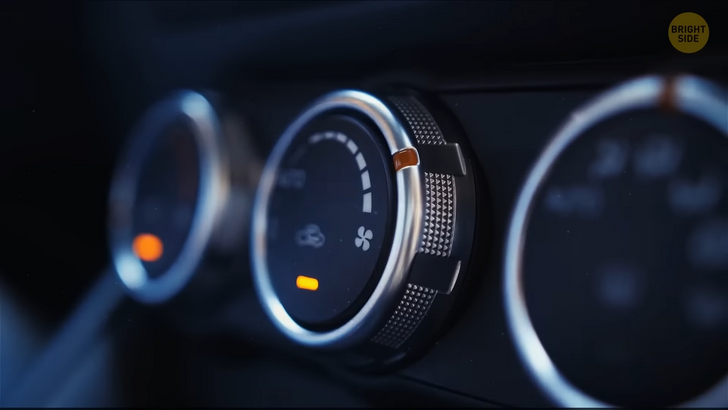
One of the popular mistakes is opting for a natural breeze instead of the AC once on the highway. It can only help you save some gas when you’re driving within the city limit, especially while you’re stuck in traffic. When you roll those windows down on the highways, you’re creating unnecessary wind resistance. Your car now needs more energy to move forward, and you end up burning more fuel per ride.
If you have a convertible, keep the top closed on a highway for the same reason. I know, I know, you bought for the wind in the hair, but if you want to save some money, you’ll have to give up on that romance. If you live in a climate where you can’t survive without an AC while driving within the city, try cycling it on and off instead of keeping it on all the time.
Once the AC goes off, the fan will still be working, and you’ll get some cool air for several extra minutes. Once it gets too warm again, turn the AC back on for a few minutes, then repeat the cycle. Be careful with those complicated climate control systems. If you play with it too much, and it breaks, it will cost a lump sum to replace it.
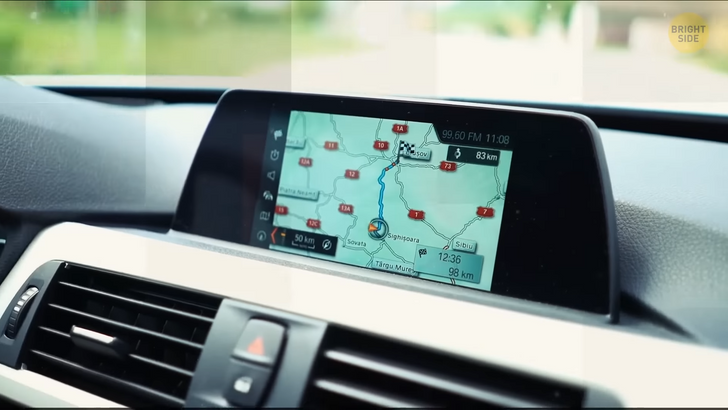
Plan your trips wisely. When you need to go grocery shopping, take your car to the mechanic for a regular check-up, and meet up with your friend for coffee downtown on one day, build a smart route to combine all of those. Plan to go to your furthest destination first and visit the remaining places on your way home.
While you’re driving to the farthest spot, your car will have enough time to warm up. A warm vehicle is more efficient, and every time you start it cold, you spend more gas to cover the same distance. You don’t really need to fill up with premium fuel unless you have a high-performance engine that really can’t run on anything else. That will cost you much less in the long run and won’t make your vehicle go faster, cleaner, or get better mileage.
If your car’s manual recommends but does not require “premium,” at least go with lower grades for extra savings. Gas chemistry has advanced over the past decades, so don’t worry about the quality of regular gas — it’s all good.
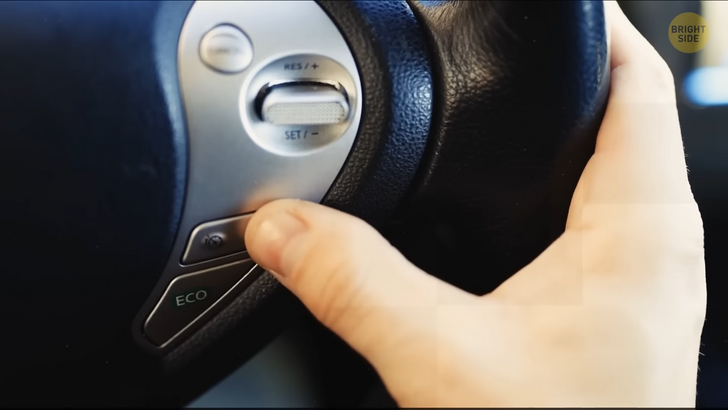
Cruise control isn’t always the way to save gas as it only works effectively on flat surfaces preventing unnecessary acceleration. It won’t help you if your route includes going up and down and can even make you spend more fuel. When you reach the peak of a hill and start descending, you take your foot off the accelerator to keep a steady speed. Cruise control keeps the power on for longer because it doesn’t see the changing landscape, so keep it for the highway.
If you think parallel parking is torturing, you’ll like this one. When you’re parking in the street, try to find a pull-through spot instead of the one that would make you do a bunch of reverse or forward maneuvers. Reverse in when parking while the car is still warm. Otherwise, you’ll have to back out and turn around when it’s cold and uses the most fuel. Plus, reversing into a flow of traffic will slow you down and make the process less efficient. When parking on an incline, try to get a spot with the highest elevation and park with your car face out. Gravity will help you park out at the lowest gas cost.
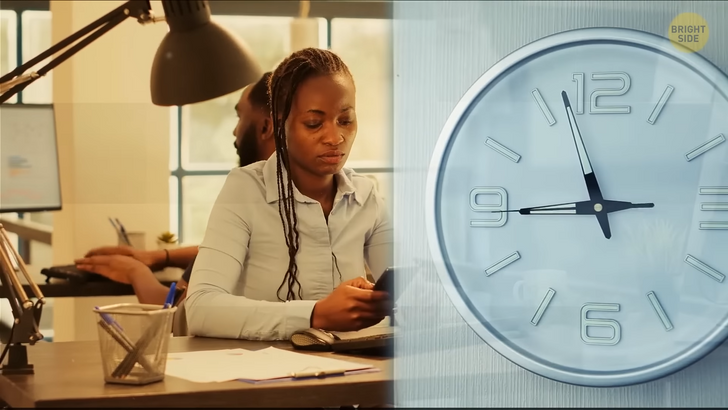
Plan your day and leave early. When you’re in a rush, you feel the pressure to drive faster, get nervous, brake later than you should, and put the pedal to the metal at every traffic light. Leave earlier than you normally would to avoid that, and reward yourself with coffee once you make it to your final destination. And, don’t stop at drive-thru windows — they are a reason for idling, and that’s bad for the vehicle. Stop at gas stations only off-peak to save yourself from lines and stress because you already know how it affects your driving.
Don’t wait until the last minute to refill your tank. Do it once it’s three-quarters empty or whenever is more comfortable for you. This way, you won’t have to frantically stop at the gas station nearest to you when it’s time for a refill. Instead, you’ll have time for some research. Special gas-finding apps can help you find the best deal in your area. Sometimes it can be across the state or region border.
Sometimes the best you can do is go with the flow — I mean the flow of traffic on a highway. It’s more efficient than traveling at the same speed in isolation because of aerodynamics. The traffic flow creates its own wind current in the direction of movement. If you aren’t in a rush, choose the lane of least resistance, so you don’t have to brake and change speed often. When you’re in the city, don’t opt for the lane where buses stop and start.


